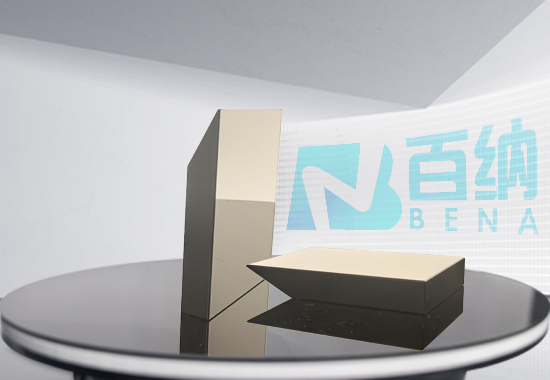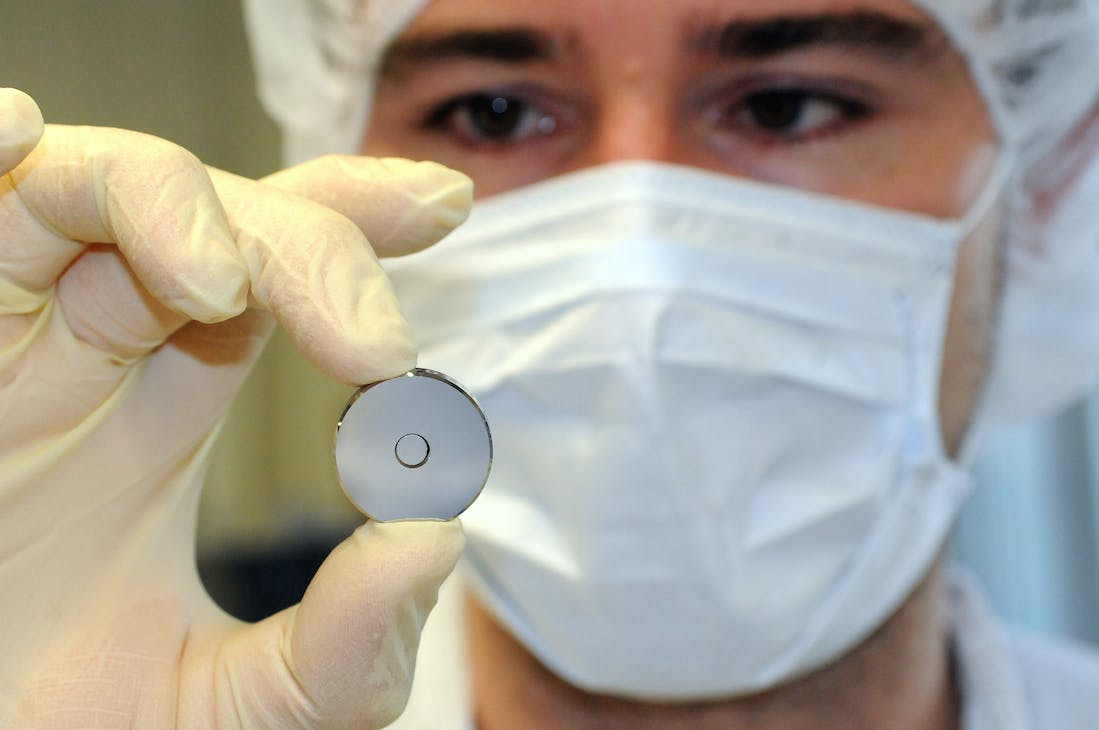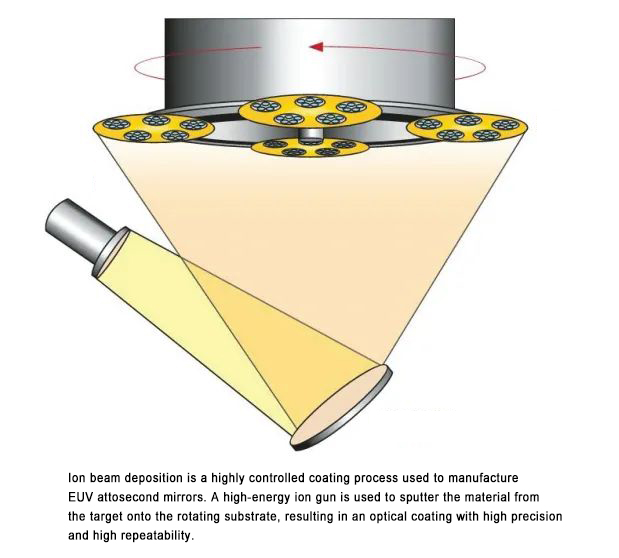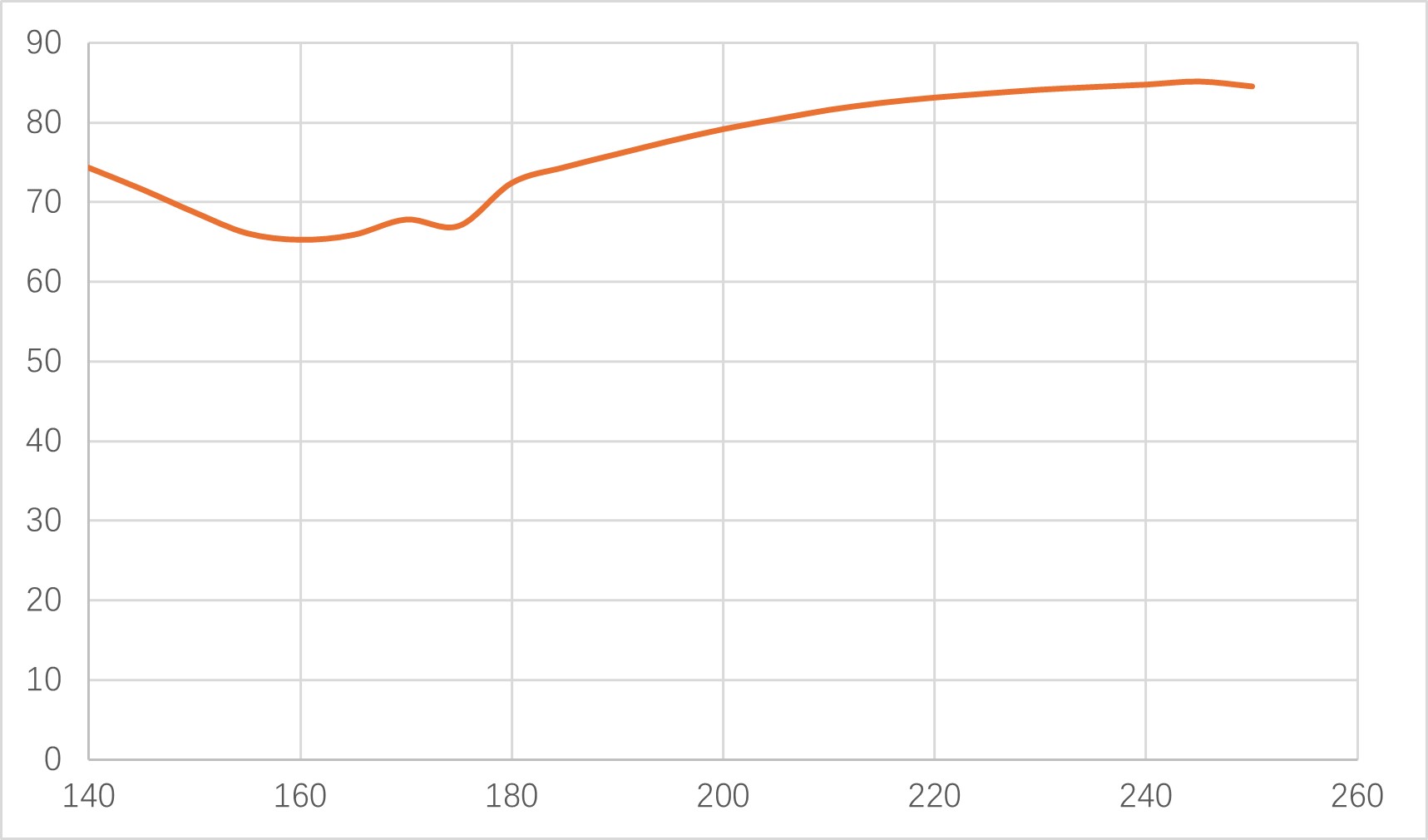Generating Attosecond Laser Pulses Generating an ultrafast laser pulse requires sufficient bandwidth and an appropriate central wavelength. The spectral bandwidth determines the minimum pulse duration, which is governed by the Fourier transform relationship. In principle, the broader the spectral bandwidth, the shorter the pulse duration. However, in engineering practice, it is impossible to generate an infinitely broad spectrum to produce a laser pulse with an infinitely short duration.
 The optical cycle, which is the period of the central wavelength of the laser pulse, also limits the pulse duration. The optical cycle can be obtained by dividing the central wavelength by the speed of light. For example, a pulse with a central wavelength of 800 nm has an optical cycle of approximately 2.67 fs. From this result, it is evident that even with a sufficiently broad spectral bandwidth, a laser pulse with a central wavelength of 800 nm cannot be compressed to the attosecond level. Additionally, for a pulse with a central wavelength of 19 nm, the minimum pulse duration is about 63 as. Therefore, attosecond laser pulses are typically located in the EUV (also known as XUV) band of the electromagnetic spectrum and cannot be generated in lower energy (longer wavelength) bands.
The optical cycle, which is the period of the central wavelength of the laser pulse, also limits the pulse duration. The optical cycle can be obtained by dividing the central wavelength by the speed of light. For example, a pulse with a central wavelength of 800 nm has an optical cycle of approximately 2.67 fs. From this result, it is evident that even with a sufficiently broad spectral bandwidth, a laser pulse with a central wavelength of 800 nm cannot be compressed to the attosecond level. Additionally, for a pulse with a central wavelength of 19 nm, the minimum pulse duration is about 63 as. Therefore, attosecond laser pulses are typically located in the EUV (also known as XUV) band of the electromagnetic spectrum and cannot be generated in lower energy (longer wavelength) bands.
Attosecond Laser Sources The most common sources of EUV attosecond pulses are free-electron lasers (FELs) and high-harmonic generation (HHG), with laser users typically employing HHG. Generally, the process of generating attosecond pulses through HHG involves three steps. First, the sample (usually an inert gas) interacts with the strong electric field provided by the laser, which distorts the Coulomb potential controlling the electron wave function and ionizes the sample through tunneling. Second, the electron is accelerated away from the parent ion by the electric field provided by the laser, but when the field reverses, the electron is accelerated back towards the parent ion. Finally, when the electron recombines with the parent ion, the kinetic energy it gained during acceleration is released in the form of odd-harmonic photons of the driving laser frequency.
Optical Components for Attosecond Extreme Ultraviolet Lasers Attosecond EUV applications place very stringent requirements on optical components. High-precision metal/dielectric multilayer mirrors are typically used for guiding, focusing, and shaping attosecond pulses (see Figure). The design of attosecond optical components should maximize control over the pulse’s central wavelength/energy, spectral shape, spectral phase, and pulse duration.
components. High-precision metal/dielectric multilayer mirrors are typically used for guiding, focusing, and shaping attosecond pulses (see Figure). The design of attosecond optical components should maximize control over the pulse’s central wavelength/energy, spectral shape, spectral phase, and pulse duration.
Attosecond experiments require extremely well-synchronized laser pulses. Due to the limited tunability of coherent EUV/soft X-ray sources, pulse-shaping attosecond optical components such as laser mirrors must be used to address this issue. Additionally, the dispersion effects of optical components can broaden the pulse in the time domain, so non-dispersive or angle-independent optical components are preferred. Compared to other optical components like gratings, multilayer mirrors are better suited to meet these demands. To maintain the characteristics of attosecond laser pulses, the precision of the multilayer coatings on the reflective surface of the mirrors must be very high, and the substrate’s polished surface roughness should reach around 1 Å (10^-10 m) to minimize light loss due to scattering. Before coating, the amplitude and phase characteristics of the multilayer mirror coatings need to be simulated and optimized.
Different deposition techniques (such as chemical vapor deposition, pulsed laser deposition, magnetron sputtering, and electron beam evaporation) can be used to coat multilayer films of atomic thickness for attosecond EUV laser mirrors. Among these, magnetron sputtering and electron beam evaporation are more commonly used. Currently, the highest reflectivity for normal incidence EUV mirrors, achieved through magnetron sputtering, is 70.9%. However, the highest level of film control and reproducibility is achieved through ion beam deposition, also known as ion beam sputtering.
Ion beam deposition is a powerful tool for precisely controlling film thickness without the need for real-time thickness monitoring (see Figure ). Ion energy and current can be independently controlled to increase the degrees of freedom and optimize film growth.

The optical performance of EUV attosecond mirrors is typically measured using white-light spectral ellipsometry, EUV/soft X-ray reflectometry, and grazing incidence hard X-ray reflectometry. White-light spectral ellipsometry is a comprehensive measurement technique that modulates the phase and amplitude of the reflected beam from the mirror surface at a fixed incidence angle.
Ellipsometry can be used for in-situ measurements to analyze film thickness during deposition and determine the required deposition rate. EUV/soft X-ray reflectometry provides a method for measuring the absolute reflectivity of multilayer mirrors at a certain incidence angle, while grazing incidence hard X-ray reflectometry can measure the roughness of the film, which directly affects the mirror’s reflectivity. Combining all this information allows for the establishment of a comprehensive model to study the theoretical and actual performance of EUV attosecond multilayer mirrors.
Applications of Attosecond Optics Advances in attosecond optics have promoted the development of the field of attosecond science. Traditional ultrafast techniques, such as pump-probe spectroscopy, have been enhanced due to the characteristics of attosecond pulses.
Typical configurations of pump-probe techniques include streak camera technology or transient absorption. In transient absorption experiments, the pump light in the visible wavelength range first excites the sample, and after a certain time delay, white light as the probe monitors the spectral evolution of the sample’s excited state. In attosecond transient absorption spectroscopy (ATAS) systems, a pulse laser in the visible to near-infrared range serves as the pump light to excite the sample, while attosecond EUV pulses act as the probe. However, in attosecond streak camera systems, the situation is reversed—the attosecond laser pulse first ionizes the atoms or molecules, and then the oscillating electric field of a second longer-wavelength laser pulse modulates the energy of the emitted electrons. The spectral resolution provided by EUV attosecond pulses allows for a deep understanding of the motion of valence electrons and the dynamics of core electron states.
In most current attosecond experiments, Ti:sapphire laser systems are still used to generate HHG. Chirped pulse amplification technology (for which Strickland and Mourou won the Nobel Prize in Physics in 2018) and other pulse compression methods provide near-single-cycle pulse durations to generate HHG. Unfortunately, the repetition rate of Ti:sapphire laser systems is relatively low (up to a maximum of 10 kHz), which severely limits the attosecond generation process and the data acquisition time for complex detection experiments in attosecond experiments. Therefore, the field of attosecond science urgently needs higher power and higher repetition rate laser systems, leading to the introduction of EUV laser systems with repetition rates in the megahertz range.
Currently, the laser sources for generating attoseconds are gradually shifting from Ti:sapphire laser systems to Yb-doped lasers with a central wavelength of 1030 nm. Additionally, the application of optical parametric chirped pulse amplification technology has significantly increased the average power and repetition rate of lasers, and the field of attosecond science is trending towards using higher power lasers to probe fundamental electronic phenomena.
As attosecond science develops, attosecond technology is increasingly being used by different laser users. For researchers, obtaining optical components that support their scientific research is essential. Procuring complex ultrafast optical components, such as attosecond EUV mirrors, has traditionally been difficult because these mirrors often require custom designs. For most people, the high cost of small batches and long delivery times are daunting. However, attosecond EUV mirrors are now available as standard off-the-shelf components, significantly reducing the cost and delivery time for small batch purchases. This is particularly important for quickly repairing damaged systems, rapidly exploring new ideas for system prototypes, and accelerating the pace of scientific discovery.